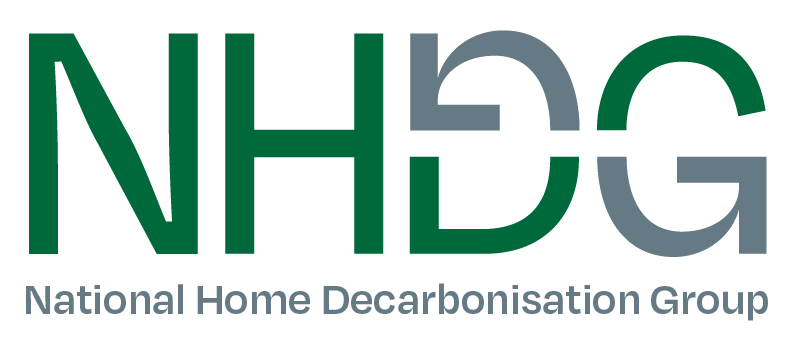Rounding off this year’s first round of working group meetings, our members recently met to discuss our third and final core pillar – innovation. The working group covered new ideas, as well as changes our members are already implementing across the industry to help us meet our net zero goals. The session was split into two parts – addressing lengthy timescales to get products to market, and a deep dive into the existing standards already present.
When considering innovation, we’re referring to anything that improves upon the status quo whether it be a product, service, methodology, or process. Changes like this often seem disruptive at first and there is a tendency for people to push back, which is something the construction industry in particular must deal with due to its unfortunately slow rate of change.
The retrofit decarbonisation sector is evolving at pace with new developments constantly arising. Maintaining new innovations and their pathways to market is vitally important, which forms the basis of our third pillar. While many of our members are already supporting the latest innovations, where and how can we support further ambitions?
Speeding up the innovation pipeline
There are three main barriers that will prevent a game changing innovation from reaching the market; cost, time needed, and certification. For example, the standards, while necessary to ensure quality, to which new products are tested are often out of sync with what is required of them. Moreover, funding schemes such as the Social Housing Decarbonisation Fund have cost caps that make it more difficult for companies to justify or risk investing in innovation.
These oversights are areas that we believe we can directly and positively impact the industry, acting as a conduit for the sector to offer advice, support, and expertise. Our intimate experience with all of the challenges the sector faces gives us the authority to weigh in on how well innovations may succeed at overcoming them, and how else they may do it better.
For example, financial support is always welcome, but not always the solution. In some cases, a products’ path to market may be better progressed by connecting it with valuable contacts that can back the product in other valuable ways. This is something our members discussed being able to facilitate.
Enhancing existing standards
Standards are in place for a reason – to maintain quality and assure end users of this quality – but in a burgeoning industry such as ours, how can we be sure the standards are playing their role well?
As mentioned prior, sometimes standards become out of sync with the products and issues they are protecting against unavoidably due to the ever-evolving nature of our sector.
Comprised as we are, our position is ideal to inform this. Our members are the leading players, made up of the most experienced and knowledgeable professionals within the retrofit decarbonisation sector. For this reasoning, we offer a platform for issues to be raised and discussions to be had surrounding the standards and whether they are stimulating or stifling innovation, that would be far more difficult to raise individually.
Innovation is the third of our three pillars and is crucial to the success of the sector moving forward. As much so as upskilling and policy, a concerted effort needs to be made in order for innovation to thrive. Since forming a little over a year ago, we have taken considerable steps forward in all of these areas – with momentum only continuing to build.
For more of our latest new, visit: www.nhdg.org/news

